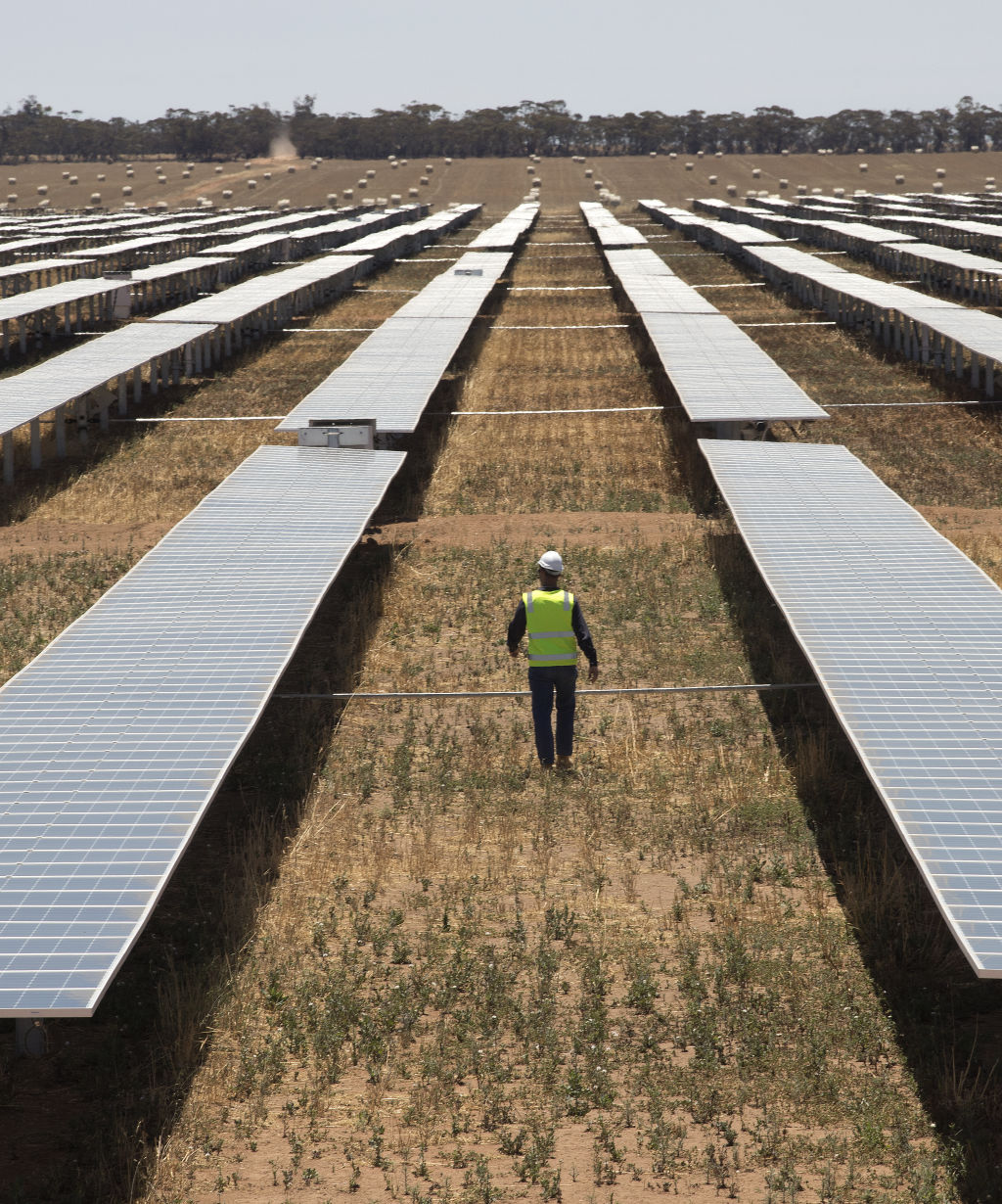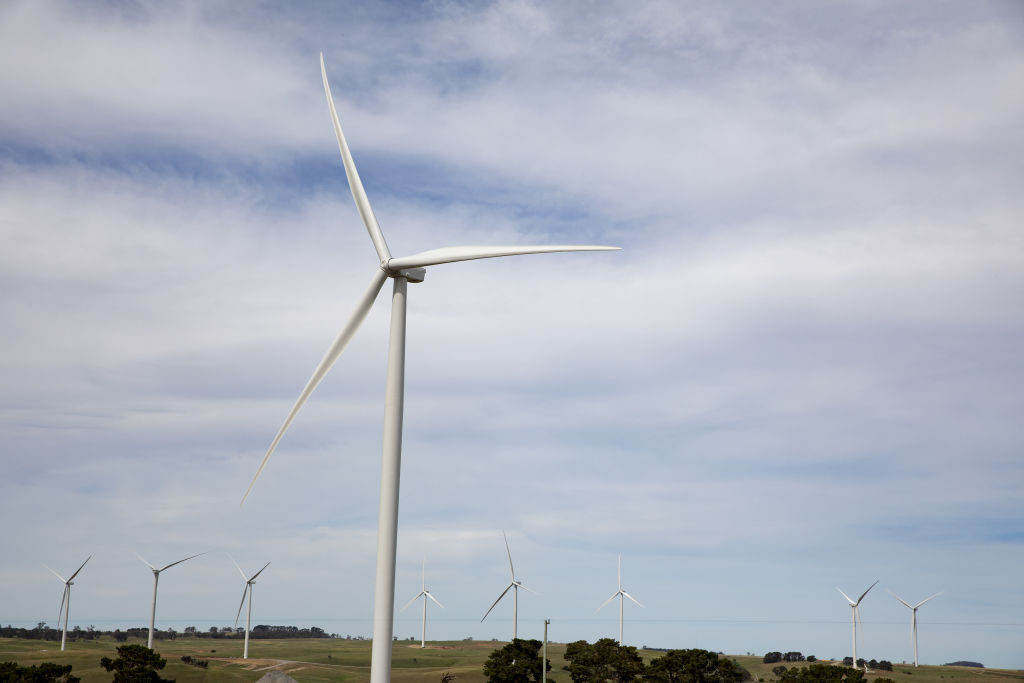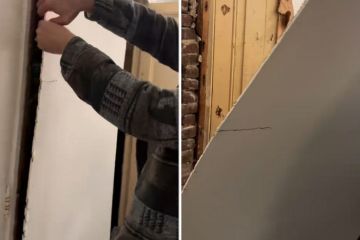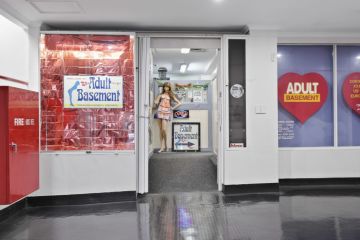Senate committee finds extreme vulnerability of Australian homes to climate change but experts frustrated at inaction

Millions of houses across Australia are extremely vulnerable to the effects of climate change but dozens of experts say a lack of national leadership could prove catastrophic.
Government spending on disaster response outstrips that on remediating existing buildings and infrastructure to prepare for future extreme weather events by a ratio of 10 to one, a Senate committee heard.
Among the evidence given during the hearings: 86 per cent of Victorian houses built before 2005 are not required to have a minimum energy rating and are therefore considered at risk of extreme temperatures. Of these, the average efficiency rating is 1.81 stars, well below the six-star minimum required for newly-built homes.
Three per cent of Australia’s homes are within three kilometres of the coastline and less than five metres above sea level, which would lead to a drastic increase in homes at risk of a 2.5-metre storm surge in the next 50 years — from 35,200 to 121,000.
Yet in the six months after the report’s release (the week before Malcolm Turnbull resigned as prime minister), the dire forecasts it contains have barely raised a murmur. That has left many who testified to the committee at public hearings troubled.

Business Council for Sustainable Development Australia, then Sustainable Business Australia, gave evidence to the committee suggesting an ambitious and collaborative response was needed to tackle the issue.
Chief executive Andrew Peter said the government’s lack of response to the Senate report was troubling.
“It’s disappointing we haven’t seen an outcome, especially because it’s such an important issue,” he said. “It’s almost a missed opportunity for them to bring forward an road map or framework for action.”
Domain approached Labor and the Coalition to discuss what policies for the upcoming election they had that might address the issues their own senators spent months hearing about. Neither responded.

The head of the University of Wollongong’s sustainable buildings research centre said the government was not acting fast enough to prepare homes for the threat of climate change.
“The government needs to work much harder to ensure the building industry is complaint,” said Senior Professor Paul Cooper.
“The key question around urgency is that the way at which building codes are updated – the wheels of that process turn very slowly.
“When we’re looking at climate change effects ramping up an an increasing rate, our response needs to be faster than it has been historically, in my view.”
Professor Cooper said homes that didn’t meet these standards exposed their residents to temperatures which put their health at risk.
“People are often living in homes colder than World Health Organisation limits throughout the entire winter period,” he said, adding that winters would become shorter in future, meaning buildings would likely overheat.
“There is very little being done in the regulatory environment to prepare for the extreme temperatures in urban areas.”
The Housing Industry Association put forward a “truth in zoning” suggestion, which would mean local governments had to consider the future impacts of climate change when zoning land.
The report noted putting in place preventative measures to deal with climate change was often up to state and local governments, which meant the response to the threat was piecemeal and inconsistent across the country. Many of the 60 people and organisations who gave evidence to the committee requested a top-down approach to assessing and regulating risk as a result of climate change.
We recommend
States
Capital Cities
Capital Cities - Rentals
Popular Areas
Allhomes
More
- © 2025, CoStar Group Inc.






